public bath
“Dosukoi” is the next iteration of themed travel accommodations being offered by the fun and inventive Moshi Moshi Rooms.
On 23 June the Japan Tourism Agency (JTA) announced that it would be conducting a first-of-its-kind study into public bathing facilities such as onsen (hot springs) and sento (bath houses), and their rules regarding tattoos.
Visitors to Japan are often warned that if they want to visit one of Japan’s hundreds of natural springs or meticulously designed baths they can’t be inked up. But how widespread is this rule in Japan really, and is it doing more harm than good in this day and age? These are the things the JTA hopes to learn more about in the weeks to come.
To celebrate 200,000 likes on Facebook, Audi commissioned sentō (public baths) artist Mizuki Tanaka to paint a mural that could be enjoyed while relaxing in the hot water of natural springs. Our photographer went to check it out.
When coming to Japan, there’s a wealth of things to do and see–even just staying within the Tokyo city limits, you’d be hard pressed to enjoy everything available in a week. On the other hand, if you just stick with the big sightseeing spots, you’ll be both crushed by crowds and probably bored in a few days. This has left a lot of overseas tourists with time–and incentive–to look for new or unique activities.
One of the things apparently gaining popularity is sento, or public bathhouses. While not quite as much fun as hanging out in hot springs in the mountains with monkeys, sento still provide a fun and different activity for anyone just looking to relax. The warm waters are especially welcome after a few days running around Tokyo! But you might want to check this handy guide before you head out for a soak in order to avoid annoying other bathers.
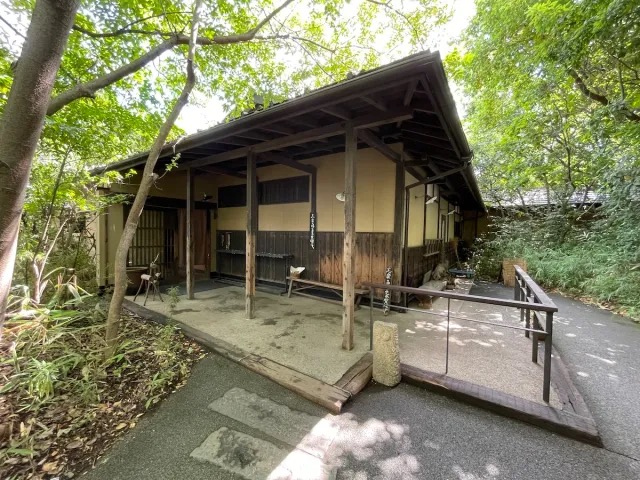
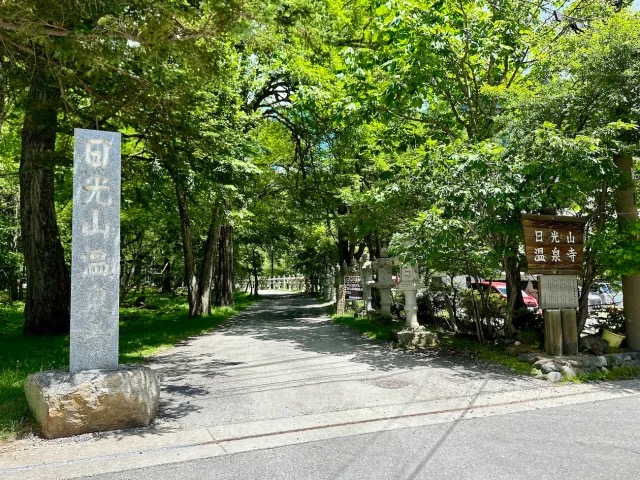
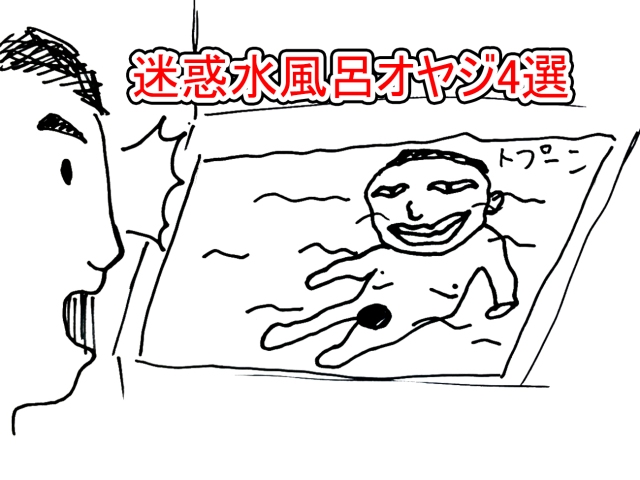
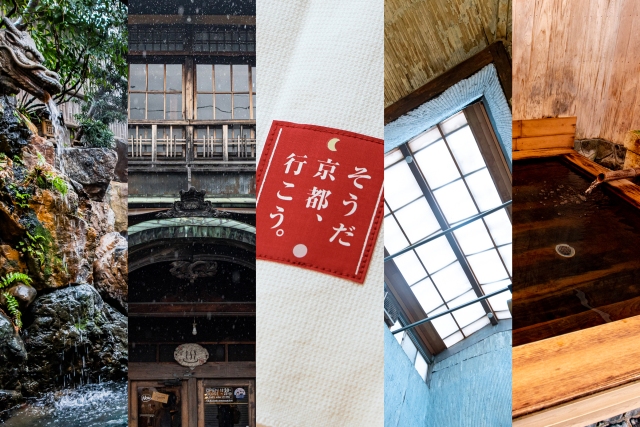
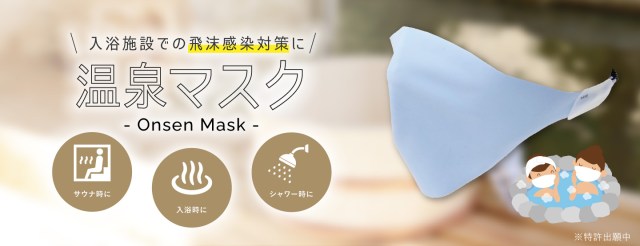
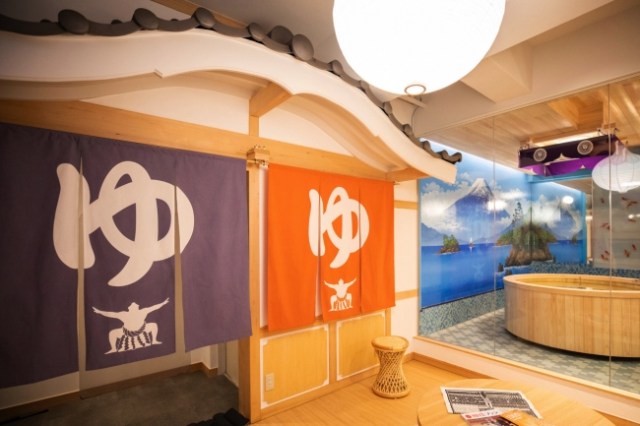
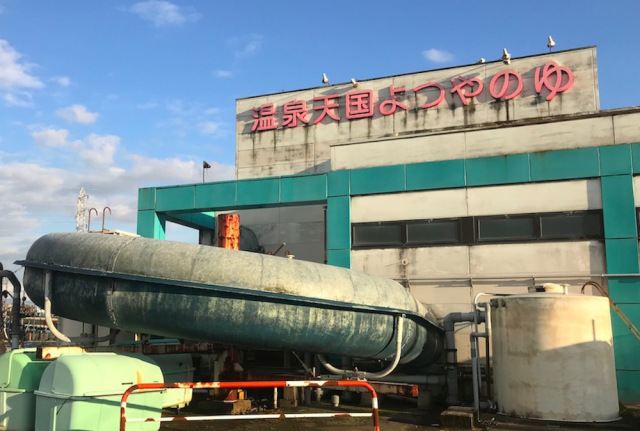
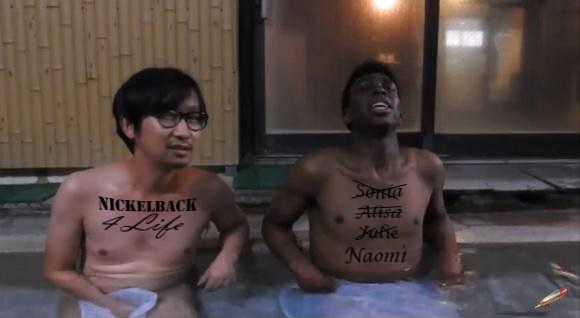
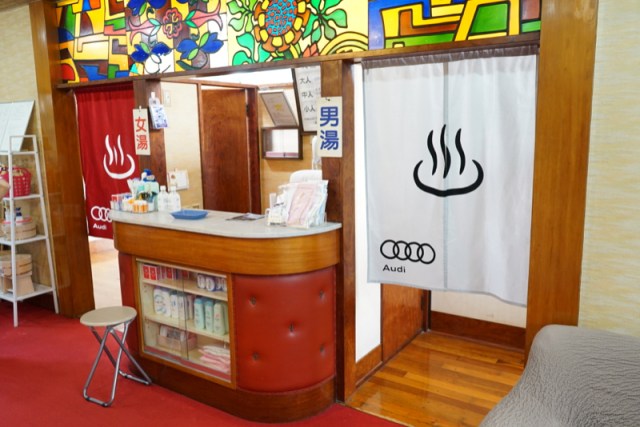
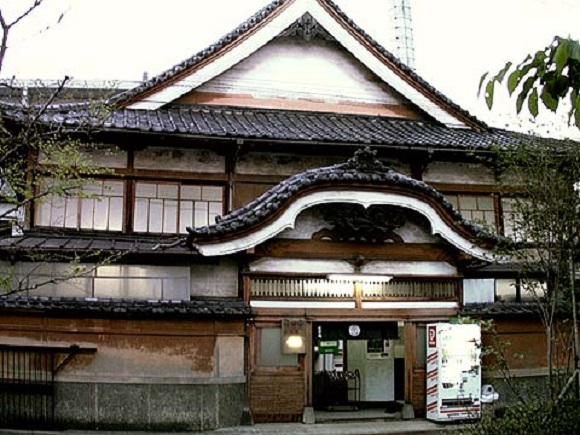
 Studio Ghibli serves up teapots, teacups and saucers in honour of Kiki’s Delivery Service
Studio Ghibli serves up teapots, teacups and saucers in honour of Kiki’s Delivery Service Sukiya closes its beef bowl restaurants in Japan after rat and cockroach contamination
Sukiya closes its beef bowl restaurants in Japan after rat and cockroach contamination Studio Ghibli bean bag plushies let you bond with animals of Princess Mononoke, Castle in the Sky
Studio Ghibli bean bag plushies let you bond with animals of Princess Mononoke, Castle in the Sky Final Fantasy VII cast goes to Japanese high school, and MAYBE it’s not an April Fools’ Day joke
Final Fantasy VII cast goes to Japanese high school, and MAYBE it’s not an April Fools’ Day joke Japan’s unofficial but approved Ghibli anime cafe is opening a new branch and looking for staff
Japan’s unofficial but approved Ghibli anime cafe is opening a new branch and looking for staff Switch 2 release date announced, Nintendo to sell both “Japan-only” and “multi-language” versions
Switch 2 release date announced, Nintendo to sell both “Japan-only” and “multi-language” versions How to do an overnight bus trip to Hirosaki from Tokyo – Part 2【Photos】
How to do an overnight bus trip to Hirosaki from Tokyo – Part 2【Photos】 Japanese bar district to get bilingual wristbands to help start/avoid conversations while drinking
Japanese bar district to get bilingual wristbands to help start/avoid conversations while drinking Swinging an umbrella while walking has same force as a piano, Tokyo government claims
Swinging an umbrella while walking has same force as a piano, Tokyo government claims Roland, King of the Hosts, has his own museum exhibition now, shows off hostdom and catchphrases
Roland, King of the Hosts, has his own museum exhibition now, shows off hostdom and catchphrases Changes to Japan rail pass make it fall out of favour with travellers
Changes to Japan rail pass make it fall out of favour with travellers Fake Japanese whisky countermeasures now include official Japanese whisky emblem
Fake Japanese whisky countermeasures now include official Japanese whisky emblem First One Piece Day outside of Japan draws huge crowds
First One Piece Day outside of Japan draws huge crowds New form of luxurious poverty arrives at Japanese convenience stores with Tenkasu Gohan
New form of luxurious poverty arrives at Japanese convenience stores with Tenkasu Gohan Tokyo sakura report: Why Shinjuku Gyoen beats Ueno Park for hanami cherry blossom viewing
Tokyo sakura report: Why Shinjuku Gyoen beats Ueno Park for hanami cherry blossom viewing New Monster Hunter plushies let you be a Monster Hugger instead【Photos】
New Monster Hunter plushies let you be a Monster Hugger instead【Photos】 Japan’s new Mister Donut matcha donuts have so much green tea flavor one has to use the hole
Japan’s new Mister Donut matcha donuts have so much green tea flavor one has to use the hole McDonald’s Japan renews the Samurai Mac, but not everyone will be happy with the new warrior
McDonald’s Japan renews the Samurai Mac, but not everyone will be happy with the new warrior Latest Japan cherry blossom forecast pushes Tokyo date back, sakura now expected first elsewhere
Latest Japan cherry blossom forecast pushes Tokyo date back, sakura now expected first elsewhere Traditional Japanese mochi dessert inspires McDonald’s newest pie flavor
Traditional Japanese mochi dessert inspires McDonald’s newest pie flavor Department store rooftop in Tokyo is a secret oasis above the city
Department store rooftop in Tokyo is a secret oasis above the city Secret staff cafeteria in Tokyo Metropolitan Government Building serves up an exclusive ramen
Secret staff cafeteria in Tokyo Metropolitan Government Building serves up an exclusive ramen Studio Ghibli unveils new Mother’s Day gift collection, with flower sets and a special acorn tea
Studio Ghibli unveils new Mother’s Day gift collection, with flower sets and a special acorn tea Secret onsen hot spring is a hidden gem in Tokyo
Secret onsen hot spring is a hidden gem in Tokyo Japanese man who ate at same beef bowl chain for 2,000 days in a row announces he’s gotten married
Japanese man who ate at same beef bowl chain for 2,000 days in a row announces he’s gotten married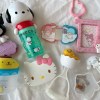 McDonald’s new Happy Meals offer up cute and practical Sanrio lifestyle goods
McDonald’s new Happy Meals offer up cute and practical Sanrio lifestyle goods Foreign tourists on Shinkansen bullet train break suitcase etiquette, angering local passengers
Foreign tourists on Shinkansen bullet train break suitcase etiquette, angering local passengers Possessing Harry Potter’s Sword of Godric Gryffindor is now illegal in Japan
Possessing Harry Potter’s Sword of Godric Gryffindor is now illegal in Japan [Deleted] Article written for April Fool’s Day 2018
[Deleted] Article written for April Fool’s Day 2018 Japan’s deadliest food claims more victims, but why do people keep eating it for New Year’s?
Japan’s deadliest food claims more victims, but why do people keep eating it for New Year’s?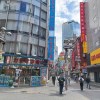 Foreigner’s request for help in Tokyo makes us sad for the state of society
Foreigner’s request for help in Tokyo makes us sad for the state of society Japanese convenience store Family Mart announces abolishment of eat-in spaces
Japanese convenience store Family Mart announces abolishment of eat-in spaces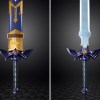 Life-size vibrating Legend of Zelda Master Sword for sale from Nintendo【Photos】
Life-size vibrating Legend of Zelda Master Sword for sale from Nintendo【Photos】 Studio Ghibli releases free-download board game — Here’s how to play it without reading Japanese
Studio Ghibli releases free-download board game — Here’s how to play it without reading Japanese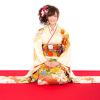 Princesses, fruits, and blacksmiths: Study reveals the 30 most unusual family names in Japan
Princesses, fruits, and blacksmiths: Study reveals the 30 most unusual family names in Japan Switch 2 release date announced, Nintendo to sell both “Japan-only” and “multi-language” versions
Switch 2 release date announced, Nintendo to sell both “Japan-only” and “multi-language” versions How to do an overnight bus trip to Hirosaki from Tokyo – Part 2【Photos】
How to do an overnight bus trip to Hirosaki from Tokyo – Part 2【Photos】 Japanese bar district to get bilingual wristbands to help start/avoid conversations while drinking
Japanese bar district to get bilingual wristbands to help start/avoid conversations while drinking Swinging an umbrella while walking has same force as a piano, Tokyo government claims
Swinging an umbrella while walking has same force as a piano, Tokyo government claims Roland, King of the Hosts, has his own museum exhibition now, shows off hostdom and catchphrases
Roland, King of the Hosts, has his own museum exhibition now, shows off hostdom and catchphrases An overnight trip on the Sunrise Izumo, Japan’s awesome Tokyo-Shimane sleeper train【Photos】
An overnight trip on the Sunrise Izumo, Japan’s awesome Tokyo-Shimane sleeper train【Photos】 Natto allergy is caused by jellyfish stings, says surprising Japanese study
Natto allergy is caused by jellyfish stings, says surprising Japanese study How to do an overnight bus trip to Hirosaki from Tokyo – Part 1【Photos】
How to do an overnight bus trip to Hirosaki from Tokyo – Part 1【Photos】 Japan’s top 10 open-air hot spring baths with cherry blossom views【Survey】
Japan’s top 10 open-air hot spring baths with cherry blossom views【Survey】 Full-color anime art wall appears in Tokyo station as Jujutsu Kaisen returns to Shibuya【Photos】
Full-color anime art wall appears in Tokyo station as Jujutsu Kaisen returns to Shibuya【Photos】 Why did the crazy-expensive version of Japan’s super-cheap corn snack sell out? We ask the artist
Why did the crazy-expensive version of Japan’s super-cheap corn snack sell out? We ask the artist New Era combines with old eras for amazing hat collection based on Japanese painting masterpieces
New Era combines with old eras for amazing hat collection based on Japanese painting masterpieces Starbucks Japan adds cult drink to its permanent coffee menu due to popular demand
Starbucks Japan adds cult drink to its permanent coffee menu due to popular demand